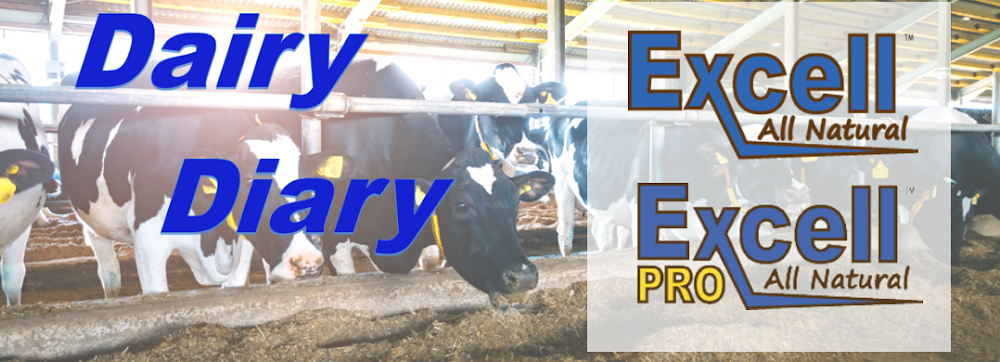Increases in U.S. milk production, driven by unprecedented herd expansion, have been bearish for milk prices. The U.S. now boasts the largest dairy herd in over 30 years. Over the past six months alone, the herd has grown by 125,000 cows, marking the fastest six-month growth period on record. Despite tight replacement availability, producers have found ways to bring on new capacity. Producers are holding onto cows longer, as shown by slaughter rates down 5% year-to-date compared to 2024. This trend reflects a cautious approach to herd management. Instead of investing significant capital to expand their herds, dairies have maintained a more conservative strategy.
The increase in cow numbers has fueled significant growth in both milk production and milk solids. Milk production in July rose 3.2% year over year, while milk solids growth increased 4.8%. As milk production increases, prices are softening. In 2025, milk prices have declined and are expected to drop further in the second half of the year. However, many producers are still operating above breakeven, largely due to additional income from dairy-beef crossbreeding. Most of the dairy herd growth has occurred on larger farms, which are better equipped to manage lower prices thanks to their economies of scale. However, the profit margins for large producers will not be immune if supply outpaces demand.
Dairy markets have also been bearish. While butter and cheese exports have been a bright spot for U.S. dairy in recent months, falling prices in global markets are challenging U.S. export competitiveness. Global milk production increases are fueled by higher production in the E.U., South America, and New Zealand. (The only major dairy-producing region to experience a decline in milk production is Australia, where drought conditions have limited feed supplies and led to herd culling.) In September, butter markets saw spot prices drop to a three-year low, an unusual trend for this time of year when prices typically begin to rise due to increased holiday demand. Cheese prices are stable and are holding near $1.60. However, softening E.U. cheese prices limit upside potential.
Profitability
Dairy: Slightly profitable - Neutral 12-month outlook
Rising milk production and falling futures prices could strain profitability. However, low feed costs and beef-on-dairy income should support margins.





.jpg)